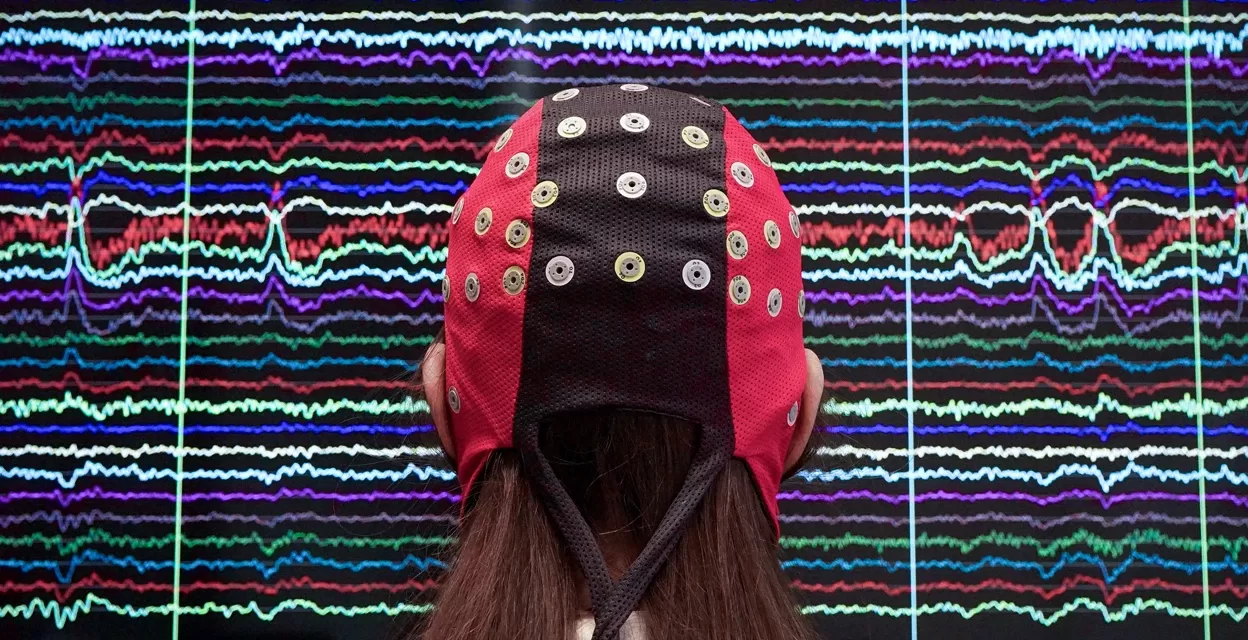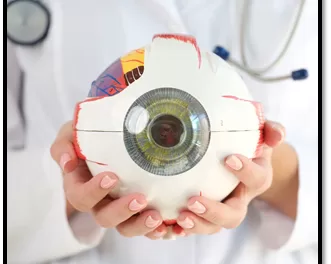The realm of brain-computer interfaces (BCIs) is witnessing groundbreaking advancements that not only hold promise for individuals with paralysis but also offer unprecedented insights into the complexities of the human brain. BCIs, powered by thought alone, enable users to perform tasks such as moving prosthetic limbs, controlling speaking avatars, and typing with remarkable precision.
Implanted devices equipped with dozens to hundreds of electrodes capture neural activity directly from the brain. A sophisticated decoder system then analyzes these signals, translating them into actionable commands. While the primary goal of BCIs is to restore functionality to individuals with paralysis, they have also become invaluable tools for researchers probing the intricacies of brain organization.
“BCIs in humans have given us a chance to record single-neuron activity for a lot of brain areas that nobody’s ever really been able to do in this way,” says Frank Willett, a neuroscientist at Stanford University.
The use of BCIs has provided researchers with unparalleled access to neural activity over extended periods, offering insights into fundamental brain processes such as learning and plasticity. Unlike traditional tools, BCIs allow measurements to be taken over months and even years, facilitating the study of complex phenomena that require extended observation.
The journey of BCIs traces back to the early 20th century when German psychiatrist Hans Berger made groundbreaking observations of brain oscillations using electroencephalogram (EEG) recordings. Since then, advancements have been remarkable, with BCIs evolving from rudimentary experiments to sophisticated systems capable of decoding neural signals with unprecedented accuracy.
In 2004, the first long-term invasive BCI system was implanted in Matt Nagle, enabling him to control a prosthetic hand and perform basic tasks with a robotic arm. Since then, both invasive and non-invasive BCIs have been employed to empower individuals with paralysis, with notable successes in controlling wheelchairs, robotic arms, and gaming devices.
While invasive BCIs offer greater precision and reliability, non-invasive variants utilizing EEG readings have also shown promise, albeit with weaker signals. The field has seen significant technological advancements, including the development of electrode arrays such as Neuropixels, which boast nearly 1,000 sensors capable of detecting signals from single neurons.
Commercial activity in the BCI space is also on the rise, with companies like Neuralink, founded by Elon Musk, pioneering wireless BCI implants. These developments underscore the growing significance of BCIs in both clinical and research domains.
Beyond their clinical applications, BCIs have challenged conventional notions of brain anatomy and function. Studies using BCIs have revealed that brain regions exhibit fuzzier boundaries than previously thought, with job descriptions often overlapping and nuanced. For instance, recordings from BCIs have shown unexpected patterns of neural activity, challenging long-held beliefs about the organization of the motor cortex.
Moreover, BCIs have shed light on the brain’s remarkable plasticity, demonstrating its ability to adapt and reconfigure neural circuits in response to injury or disease. This newfound understanding holds profound implications for neurorehabilitation and therapeutic interventions, offering hope for individuals affected by conditions such as stroke or spinal cord injury.
As the field of BCIs continues to evolve, researchers remain committed to unraveling the mysteries of the human brain while striving to improve clinical outcomes for individuals with paralysis. With each advancement, BCIs inch closer to realizing their full potential as transformative tools for both scientific discovery and medical innovation.











